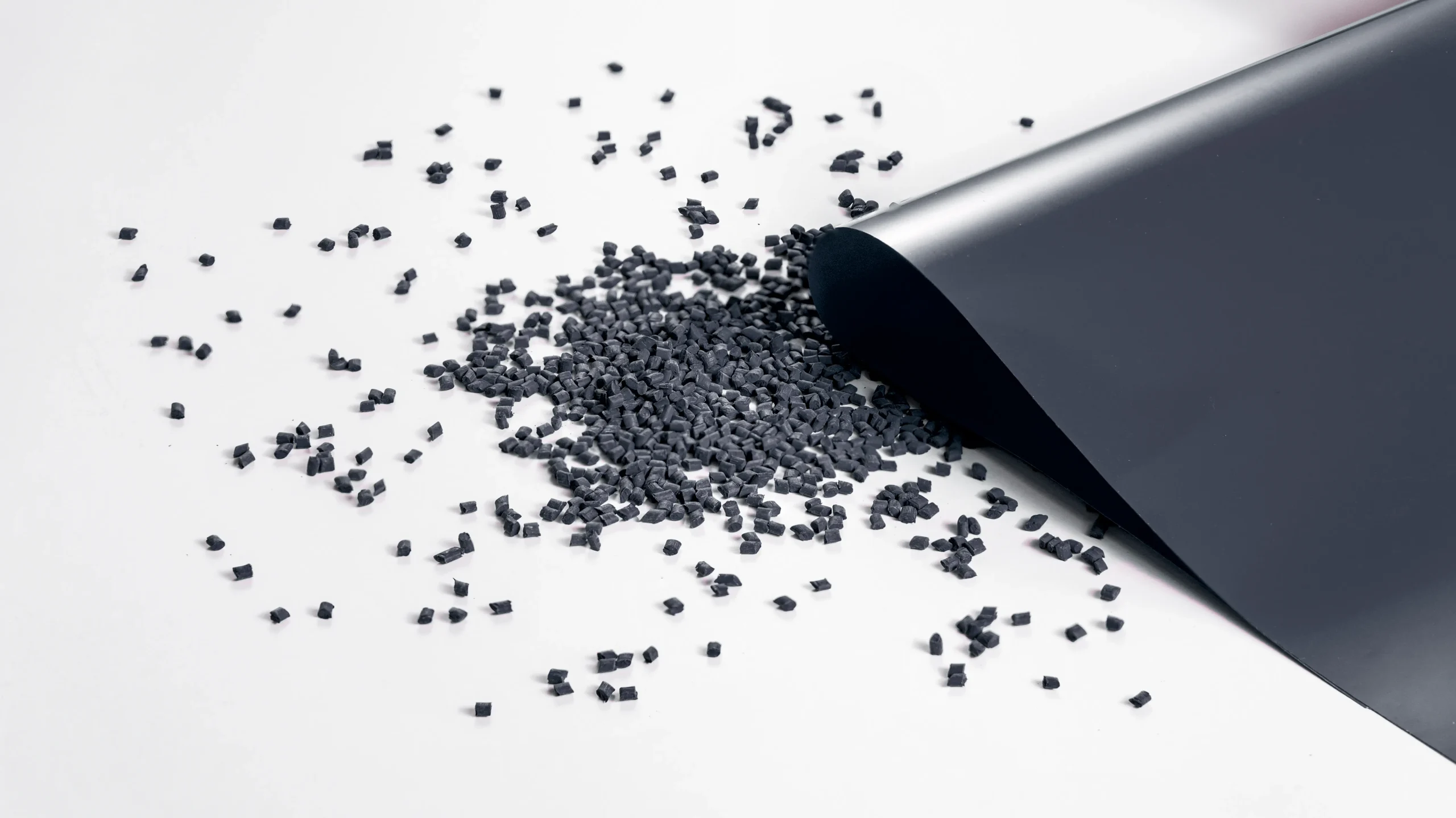What is a color plastic masterbatch?
Masterbatch (MB) is a solid or liquid additive used in plastic coloring (color plastic masterbatch) or plastics that impart other properties to plastics (additive masterbatch). The masterbatch is a concentrated mixture of pigments and/or additives encapsulated in a carrier resin during heating, then cooled and cut into pellets. The masterbatch allows the processor to economically color the base polymer during the plastic manufacturing process.

What are the advantages of using masterbatch?
- 1. Compared with pre-compounded materials, the inventory is low.
- 2. There is no dust and no health and safety risks compared to undispersed fine powder pigments or additives.
- 3. Eliminate the development or formulation of “repeated trials”, just as the masterbatch supplier is responsible for color and consistency.
- 4. Reduce cleaning/cleaning costs.
- 5. The masterbatch method is suitable for a variety of colors and other properties compared to compounds. The alternative to using a masterbatch is to purchase a fully composite material (which is more expensive and less open to the color change of the product), or to prepare raw materials from the field (which tend to appear to achieve complete dispersion of colorants and additives, and tend to Prepare more materials than for production runs).
- 6. The use of masterbatch allows the plant to maintain a lower polymer grade and purchase bulk natural polymers.
- 7. The concentration of the masterbatch can be quite high (compared to the target composition) and the ratio can be lowered. The relative dilution properties of the masterbatch (compared to the feedstock additive) can increase accuracy on a small number of expensive components.
- 8.The compactness of the solid masterbatch particles eliminates the dust problem, otherwise inherent to the fine particulate solids additive. Solid masterbatches are also solvent-free, so their shelf life tends to be longer because solvents do not evaporate over time.
